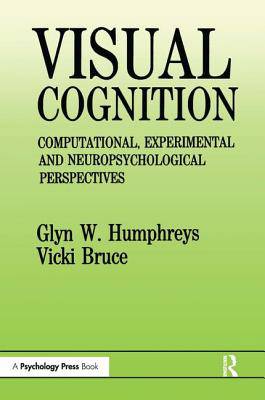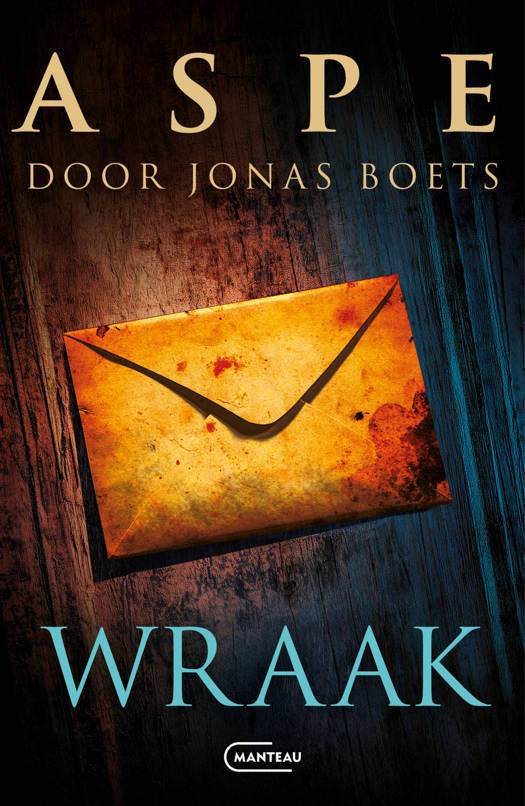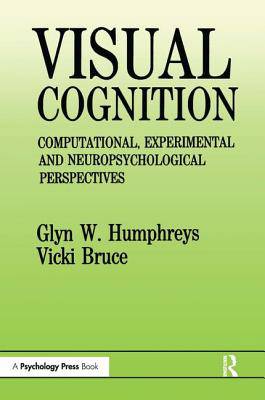
- Afhalen na 1 uur in een winkel met voorraad
- Gratis thuislevering in België vanaf € 30
- Ruim aanbod met 7 miljoen producten
- Afhalen na 1 uur in een winkel met voorraad
- Gratis thuislevering in België vanaf € 30
- Ruim aanbod met 7 miljoen producten
Zoeken
Visual Cognition
Computational, Experimental and Neuropsychological Perspectives
Glyn W Humphreys, Vicki Bruce
Paperback | Engels
€ 112,45
+ 224 punten
Omschrijving
Vision allows us to do many things. It enables us to perceive a world composed of meaningful objects and events. It enables us to track those events as they take place in front of our eyes. It enables us to read. It provides accurate spatial information for actions such as reaching for or avoiding objects. It provides colour and texture that can help us to separate objects from their background, and so forth. This book is concerned with understanding the processes that allow us to carry out these various visually driven behaviours. In the past ten years our understanding of visual processing has undergone a rapid change, primarily fostered by the convergence of computational, experimental and neuropsychological work on the topic. Visual Cognition provides the first major attempt to cover all aspects of this work within a single text. It provides a summary of research on visual information processing, relevant to advanced undergraduates, postgraduates and research workers. It covers: seeing static forms, object recognition, dynamic vision (motion perception and visual masking), visual attention, visual memory, visual aspects of reading. For each topic, the relevant computational, experimental and neuropsychological work is integrated to provide a broader coverage than that of other texts.
Specificaties
Betrokkenen
- Auteur(s):
- Uitgeverij:
Inhoud
- Aantal bladzijden:
- 352
- Taal:
- Engels
Eigenschappen
- Productcode (EAN):
- 9780863771255
- Verschijningsdatum:
- 25/12/1989
- Uitvoering:
- Paperback
- Formaat:
- Trade paperback (VS)
- Afmetingen:
- 153 mm x 229 mm
- Gewicht:
- 521 g

Alleen bij Standaard Boekhandel
+ 224 punten op je klantenkaart van Standaard Boekhandel
Beoordelingen
We publiceren alleen reviews die voldoen aan de voorwaarden voor reviews. Bekijk onze voorwaarden voor reviews.











